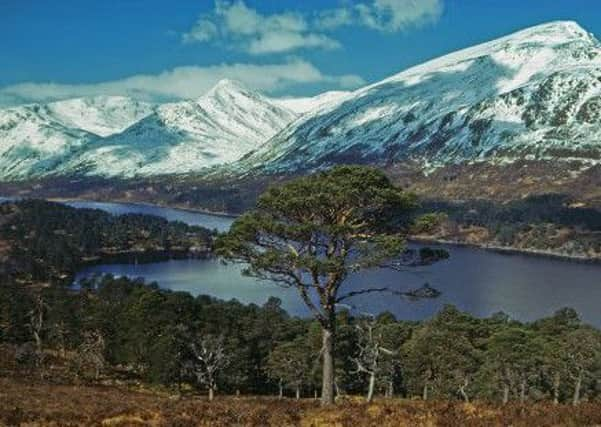Alan McDonnell: Why Scotland's beavers are like Yellowstone's wolves


Plant enough native trees beside each other and you create a woodland which is host to a whole community of wild plants and animals. By the time your woodland has matured, sown seeds and grown new trees, that community of plants and animals will have formed complex inter-relationships and created opportunities for yet more life – a habitat as vibrant as anywhere in Europe or North America.
Until profound changes in land use were introduced in the 18th century, woodland and trees were an integral part of Scottish people’s lives. Gaelic place names based on now lost trees and extinct forest animals are still in use today and carry whispers of what the Highland landscape used to be. Rebuilding that wildlife-rich landscape is possible.
Advertisement
Hide AdAdvertisement
Hide AdJust a few years after Trees for Life volunteers planted in treeless parts of Glen Affric, we saw the return of woodland fungi, plants and insects. Birds like black grouse and willow warbler followed within ten years and more wildlife returns every year.
However, if nature is to become truly re-established, we need to bring back pivotal species we have lost to unlock a multitude of openings for other plants and animals. The oft-quoted return of wolves to Yellowstone is one of the most famous examples of a reintroduction triggering an ecological cascade effect, leading as it has to a regeneration of all kinds of wildlife in the National Park, from trees to insects, amphibians, birds and mammals.
In Scotland, we are starting to live with our own pivotal reintroduction – the beaver. Renowned as nature’s engineers, beavers’ dextrous hands and iron-hard, orange incisors have transformed the river systems they have returned to across Europe. When beavers build dams, they clean sediment from the water and hold back floodwaters. Wetlands can form above beaver dams, creating a host of new habitats for plants and insects which in turn support almost everything that looks for food in a river – salmon, frogs, ducks, herons, bats, wagtails, ospreys and otters all have richer hunting grounds.
When the vegetarian beaver chews through a tree trunk, the tree is prompted to sprout new growth, so riverbank woodlands become dynamic, with young and old trees growing side by side, providing a host of new shelter options for wildlife seeking a home.
As beavers return to our rivers, a Yellowstone-style cascade effect is within reach. But we also need to be practical about what it takes to co-exist with wild nature. Where nature and people’s use of land compete for space, there is potential for conflict. Twenty-six European countries have already reintroduced beavers and dealt with conflict between beavers, farmers and fishermen by managing the impacts that beavers have on people’s land uses.
If people and beavers can co-exist comfortably across Europe, we can do the same here.
Restoring habitats and reintroducing wildlife take time, money and long-term commitment. We profit hugely from the well-being and enjoyment the natural world gives us. Enabling nature to thrive creates a wilder, more robust environment which can uphold livelihoods and sustain hearts, for us and for the generations who will inherit our legacy in the land.
Alan McDonnell is conservation projects manager at the charity Trees for Life
